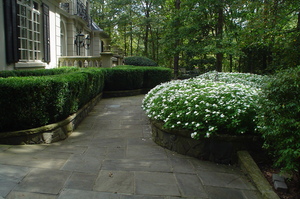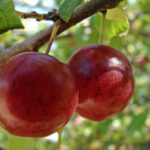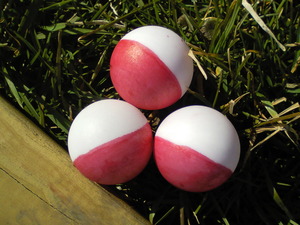Hand pruning Boxwoods, one of the staples of the Buckhead landscape, is an art that is rarely practiced. In this day of power tools for every task, few Atlanta landscapers have the know-how to properly prune Boxwoods and even fewer are willing to invest the time. Yet proper hand pruning is the most important element of keeping Boxwood healthy and full for years to come.
Pruning Boxwoods, or structural pruning in general, can be risky in Atlanta landscapes, where the weather changes from zone 9 to zone 3 on a moment’s notice. In Atlanta, summers now last a full six months, winters bring snow and temperatures in the teens, and spring and fall seem to have disappeared. When you never know what to expect from Mother Nature, mid to late winter is the best time for extensive or severe structural pruning.
If done properly, pruning Boxwoods can be as severe as necessary and they will recover into full, dense, beautiful plants. If you have older Boxwoods that have grown leggy and have developed gaps in the canopy, they can be rejuvenated if you have patience. The first step is to put away those power shears! Or if your landscaper is a power-equipment jockey, tell him to put those power shears back on the truck.
Next, decide if you need to do some shaping or size reduction. You should get the shape and size to where you want it before you begin pruning Boxwoods. If you are re-sizing a plant, factor in the growth rate in the coming year – to keep it below a window sill prune it at least 4 inches below the sill to allow room for seasonal growth. When pruning Boxwoods for size, use hand shears – sharp ones. They cut better and tear less. We use expensive Corona shears but honestly, the cheap brands work fine as long as you keep them sharp.
This next step is what cures the root (pun definitely intended) of the problem. The problem is that constant shearing causes the canopy, or outer layer of the Boxwood to become so dense that sunlight and air never reache the interior of the plant. The plant continues putting on new leaves, but all on the outside tips of the branches. Some get sheared off so the plant puts on more and before you know it, the branches are 30 inches long with leaves only on the outer 4 inches. All the weight is on the tip of the branch and the branch begins to sag, creating unattractive windows into the barren interior of the plant.
Fighting wild-fires and pruning Boxwoods are rather different tasks, but just as wild-fire fighters start a fire to put out a fire…you need to create a gap in a Boxwood to cure a gap. It may seem counter-intuitive but you need to go into the Boxwood and begin opening the canopy (creating more gaps). To do this, make sure your hand pruners are sharp or new and reach down into the plant, spreading the branches out so you can see. If you see some new growth on the interior, this is a good place to start so prune that branch down to the new growth by cutting, preferably, at an angle. As a general rule, prune branches down 25-35 percent, or down to where you see new growth, but there is no right or wrong amount to prune a Boxwood. You have now made your first cut and you need to repeat this process by making cuts evenly spaced around the entire plant. The quantity of cuts that you make and the amount you cut them will depend on each plant. It depends on the size and condition of the Boxwood and your goals for the plant. As a general rule, on a 32-inch round plant in decent condition, we may only prune 6 to 10 branches, evenly dispersed around the plant, and each branch will be taken down 6 to 8 inches. Again, there is no right or wrong answer here. Just keep your goal in mind: open the canopy of the plant to allowing light and air in, to encourage new growth on the interior.
The most important aspect of this job is making sure you have sharp, clean cuts. Yes, an angled cut it preferred but it is most important to make a clean cut, which means using very sharp pruners. Second, take your time. It isn’t likely that you will kill the plant, but if you over-prune it might not look very good for a long time.
By creating these openings in the canopy you allow light to enter the plant, encouraging new growth on the interior. As these branches grow back they are stronger and more rigid so they can support themselves without sagging. When this is an annual maintenance project it is only noticeable for a short period of time and it will keep your Boxwoods full, dense and healthy. Properly pruning Boxwoods is a small price to pay to protect a rather large investment.
Happy gardening. And remember, in the garden be bold when it’s cold!
My Personal Gardener is a full-service landscape company in the Buckhead area of Atlanta. We are avid hand-pruners and shun the use of power shears.
If you are interested in learning more about the work we do please visit us at http://www.residentialmanagementgroup.com.
Thanks for reading and do something good today!







